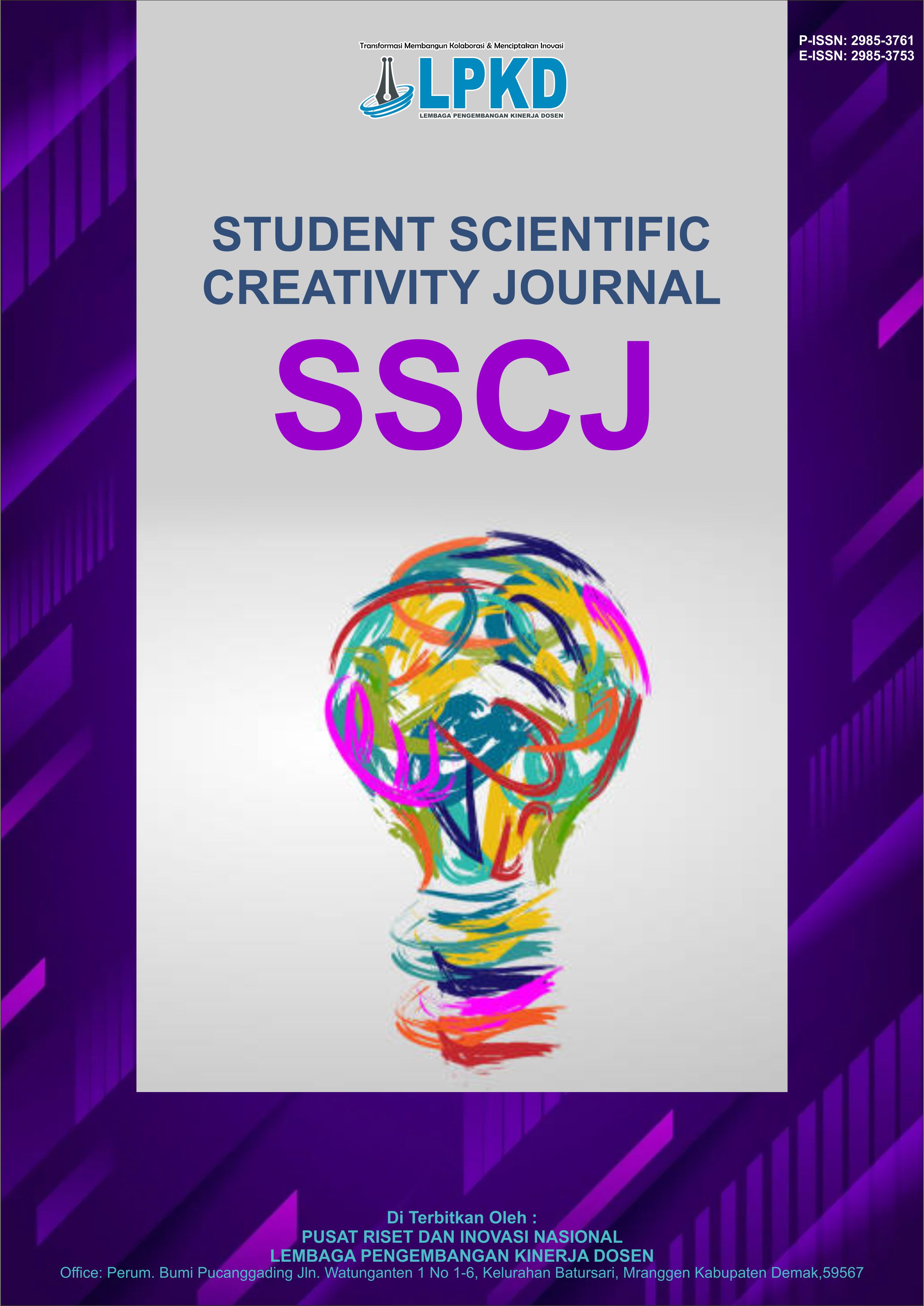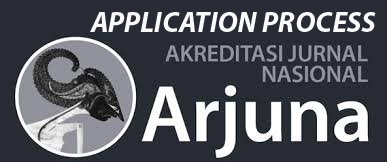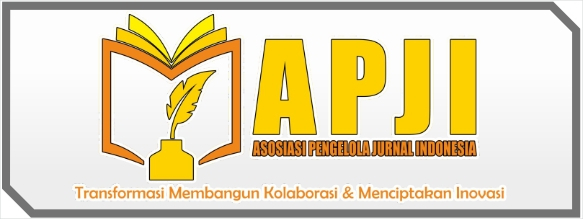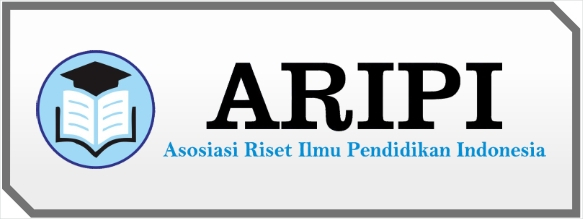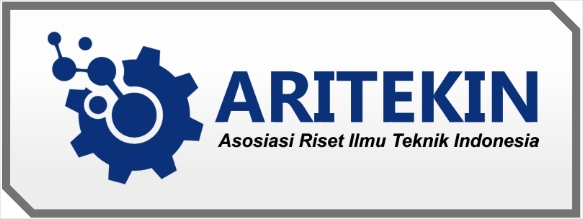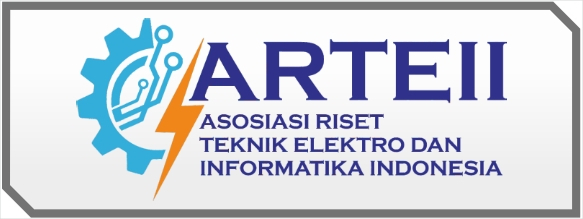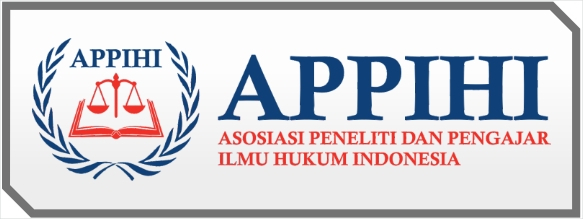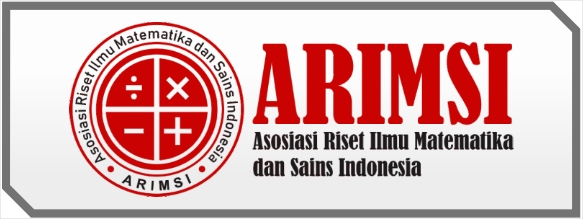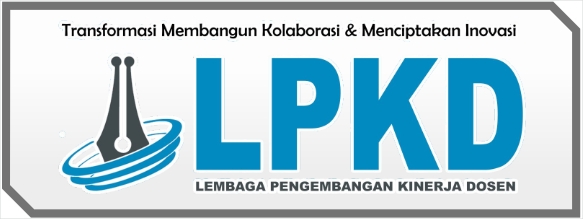Potensi Pangan Fermentasi Tempe dalam Mengatasi Kejadian Malnutrisi
DOI:
https://doi.org/10.55606/sscj-amik.v3i2.5511Keywords:
Tempeh, Fermentation, Malnutrition, Bioavailability, NutritionAbstract
Malnutrition remains a significant public health challenge, particularly in developing countries like Indonesia. Tempeh, a fermented soybean product, is highly nutritious and has the potential to address malnutrition. The fermentation process by Rhizopus oligosporus enhances the bioavailability of essential nutrients such as protein, iron, and vitamin B12, which are crucial for growth and development. Additionally, tempeh contains natural prebiotics and probiotics that support digestive health and improve nutrient absorption. A literature review in this study indicates that regular consumption of tempeh can help improve nutritional status, particularly among vulnerable groups such as children and pregnant women. With its affordability and wide availability, tempeh serves as a sustainable food solution that can be optimized to reduce malnutrition rates in Indonesia.
References
Aryanta, I. W. R. (2020). Manfaat tempe untuk kesehatan. Widya Kesehatan, 2(1), 44–50.
Bawono, P., & Widiastuti, Y. (2020). The effect of fermented soybean (tempe) on malnutrition among preschool children in Indonesia. Journal of Nutritional Science, 45(3), 201–207. https://doi.org/10.1016/j.jnutri.2020.03.004
Faidah, F. H., Moviana, Y., Isdiany, N., Surmita, S., & Hartini, P. W. (2019). Formulasi makanan enteral berbasis tepung tempe sebagai alternatif makanan enteral tinggi protein. Jurnal Riset Kesehatan Poltekkes Depkes Bandung, 11(2), 67–74.
Fitri, L., & Darmawan, F. (2020). Tempe consumption improves the nutritional status of children in rural Indonesia. Journal of Rural Health, 19(4), 276–281. https://doi.org/10.1111/jrh.12302
Fujiana, F., Pondaag, V. T., Afra, A., Evy, F., & Fadly, D. (2021). Potensi pangan fermentasi tempe dalam mengatasi kejadian stunting di Indonesia. Poltekita: Jurnal Ilmu Kesehatan, 15(2), 20–26.
Hadi, P., & Ayuningrum, I. (2021). Role of tempeh as a functional food for chronic disease prevention. Food Science and Nutrition, 9(4), 1535–1542. https://doi.org/10.1002/fsn3.2440
Haryanti, D., & Purnama, S. (2020). Nutritional benefits of tempe for children’s health in Indonesia. Journal of Nutrition and Dietetics, 12(2), 102–107. https://doi.org/10.1016/j.jnd.2020.05.001
Nugroho, S., & Sihombing, R. (2019). The impact of soy-based foods in reducing stunting prevalence in Indonesian children. Journal of Community Nutrition, 5(2), 88–95. https://doi.org/10.1016/j.jcommnutri.2019.06.002
Pratiwi, W. R., & Maulana, A. (2021). Tempeh: A fermented soybean product with potential as an alternative protein source for children. International Journal of Food Research, 22(3), 350–356.
Purwanti, R., & Suyono, E. (2022). The role of tempe in improving protein intake for undernourished children in Indonesia. Asian Journal of Food Science, 13(2), 48–53.
Rosita, R., Yudhianto, K. A., Rahmatika, A. P., Ristianingsih, T., & Widiasti, O. C. (2023). Edukasi gizi seimbang remaja untuk cegah stunting dan penyakit kronik. Pusat Riset dan Inovasi Nasional, 2(3), 95–102.
Sari, F. A., & Kusnadi, R. (2021). A study on the use of tempe as an affordable protein source for malnourished children. International Journal of Clinical Nutrition, 15(4), 220–225. https://doi.org/10.1111/ijcn.11234
Sigit, D., & Wahyuni, S. (2023). Improving the health and nutrition of children through tempe-based food interventions in Indonesia. Asian Journal of Clinical Nutrition, 10(2), 75–82.
Winarno, F. G., & Supriyadi, P. (2018). Tempeh and its health benefits in chronic disease prevention. Indonesian Journal of Food Science, 12(2), 58–66.
Winarti, P. A., Kristianto, Y., Setyobudi, S. I., & Palupi, F. D. (2024). Biscuit formulation as supplementary food for malnourished underfive children using tempeh flour. Media Gizi Kesmas, 13(1), 352–361.
Downloads
Published
How to Cite
Issue
Section
License
Copyright (c) 2025 Student Scientific Creativity Journal

This work is licensed under a Creative Commons Attribution-ShareAlike 4.0 International License.

